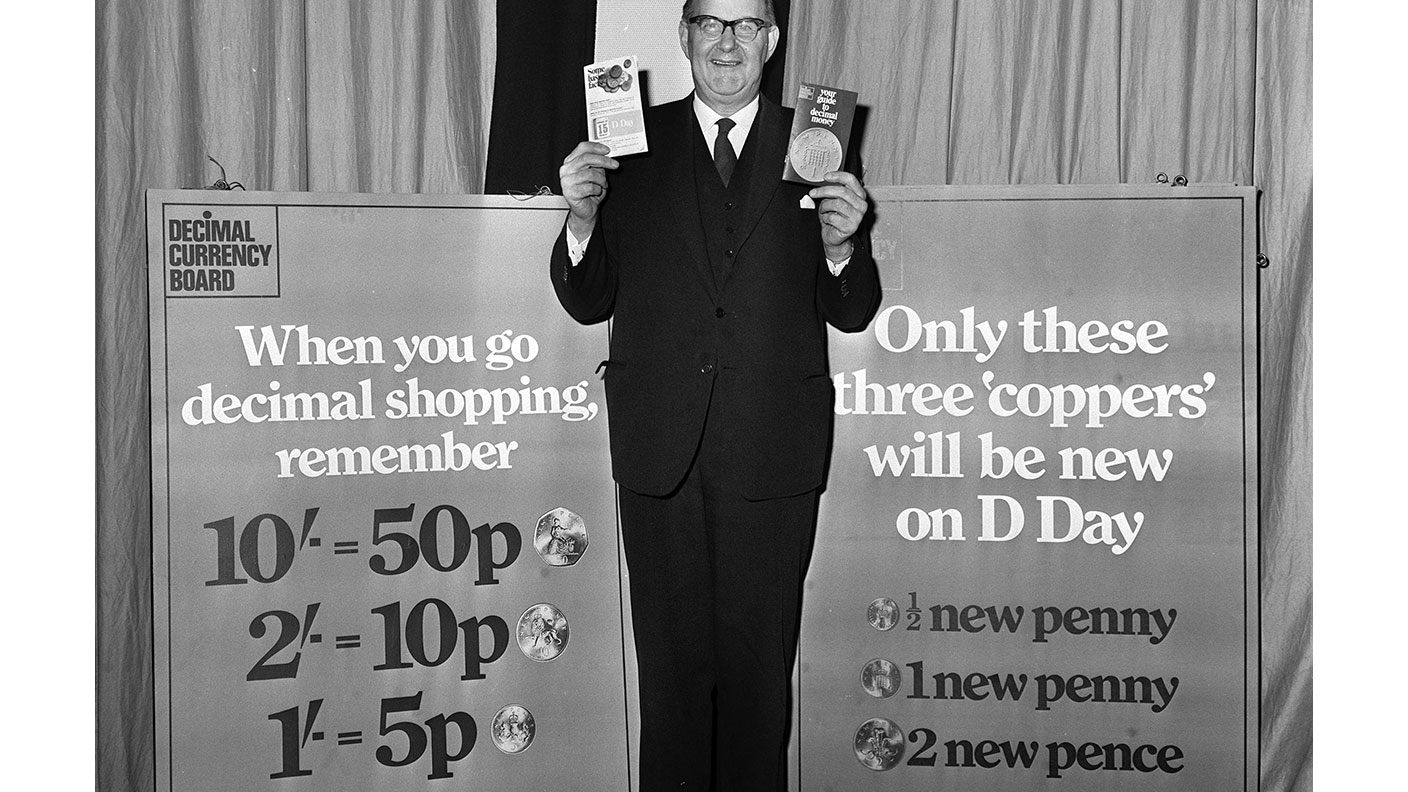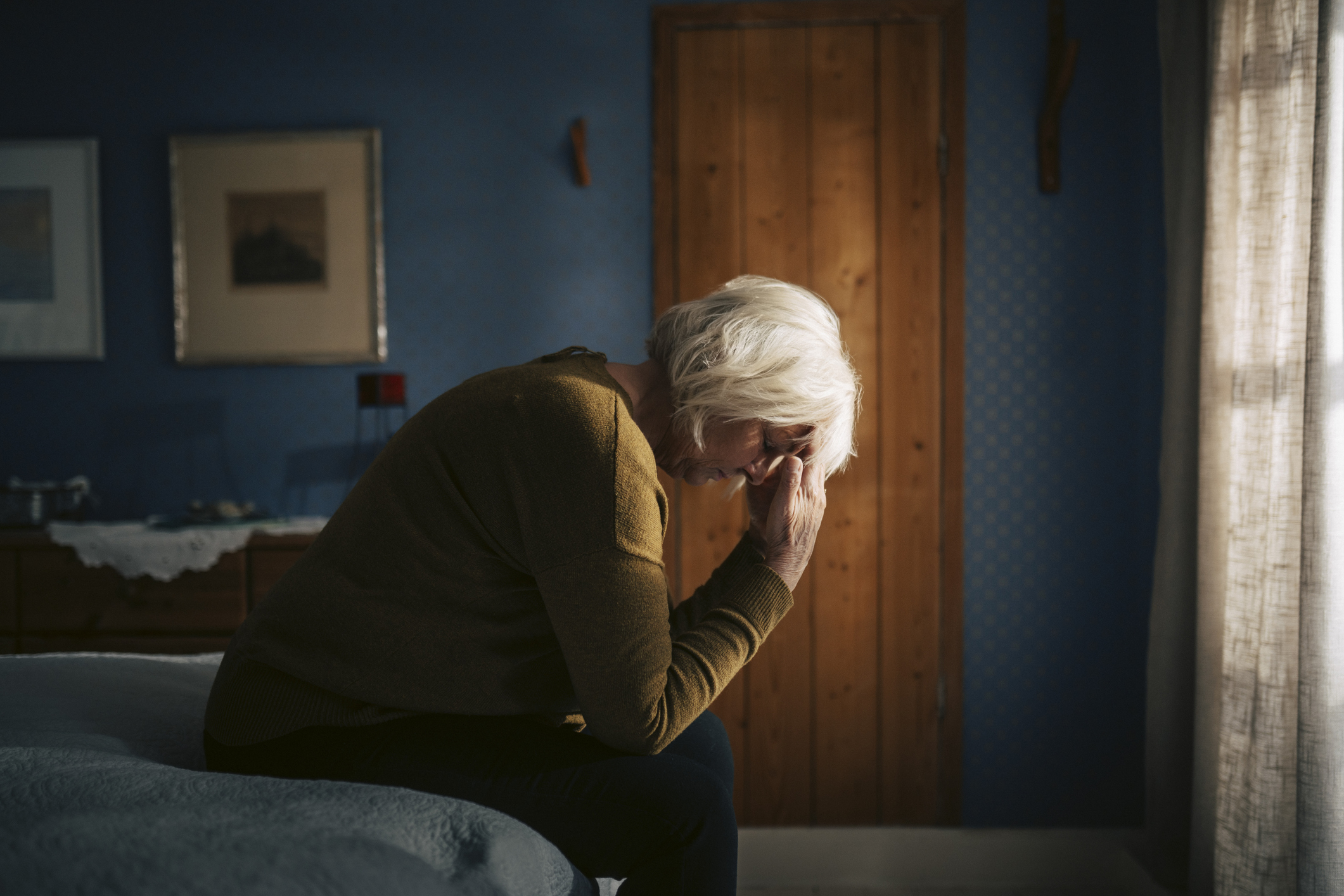Decimalisation: Britain’s “new pence” turn 50 years old
In 1971 the UK adopted a decimal currency. The shift was widely thought to be a step towards joining the Common Market, but there was more to it than that, says Max King.

15 February marks the 50th anniversary of the day when, after 150 years of proposals, debate and Royal Commissions, Britain finally adopted a decimal currency. The old system of 12 pennies to the shilling and 20 shillings to the pound was replaced by a simple 100 “new pence” to the same old pound. Only a few nostalgic diehards disapproved.
It was widely thought that decimalisation was a precondition of Britain joining what was then called the European Economic Community (EEC) two years later. In fact, decimalisation had been progressing around the world since it was first adopted by the newly formed United States in 1786 and France in 1795. Canada adopted the dollar (a word derived from the central European thaler) upon self-government in 1867.
In 1957, India replaced a rupee divided into 16 annas, each sub-divided into 12 pies, with 100 new pies to the rupee. South Africa followed in 1961 when it adopted the rand, Australia in 1966, New Zealand in 1967 and British colonies when they achieved independence. By 1971, only the UK and Ireland were left. Ireland’s currency was de-facto tied to sterling 50 years after independence – perhaps a lesson for the Scottish nationalists today.
MoneyWeek
Subscribe to MoneyWeek today and get your first six magazine issues absolutely FREE

Sign up to Money Morning
Don't miss the latest investment and personal finances news, market analysis, plus money-saving tips with our free twice-daily newsletter
Don't miss the latest investment and personal finances news, market analysis, plus money-saving tips with our free twice-daily newsletter
A Roman legacy
The old currency wasn’t quite as British as it seemed. The abbreviations £, s and d were respectively short for the Latin libra, sestercii and denarii, the coinage of Rome. The lira was the currency of Italy and Turkey, the schilling that of Austria and the pfennig was the German parallel to the penny. The two-shilling coin was known as a florin, the currency of the Netherlands, and the 2s6d or 2/6 coin was “half a crown,” the crown being the unit of currency in Scandinavia. There was no crown coin except for commemorative issues.
The slang word for the sixpence was “a tanner” and for a shilling “a bob”, a word that barely survives in the saying “as bent as a nine bob note”. The “guinea”, or 21 shillings, had been withdrawn in the early 19th century but private doctors, lawyers and auctioneers continued to charge in guineas, probably to squeeze an extra 5% from clients. It survives in the Newmarket races, known as the “1000 guineas” and the “2000 guineas”. The groat, 4d, had disappeared in Victorian times, being unnecessary alongside the 3d coin or “thruppence”. The farthing, remembered in the penny-farthing bicycle, was withdrawn in 1960 and the ha’penny in 1967.
Old coins remained in circulation, as did coins from countries formerly in the sterling area. Late and even mid-Victorian pennies continued to appear in change right up until decimalisation. “Silver” coinage only dated back to the interwar period, when the silver content of the coins was first reduced as the silver content came to be worth more than the denomination, and then replaced by cupro-nickel. The silver thruppence was replaced by a new brass coin, similar in size and shape to the new pound coins, in the late 1930s. The penny, thruppence and half-a-crown were withdrawn at decimalisation, as was the ten-shilling note, to be replaced by ½p, 1p, 2p and 50p coins, but other pre-decimalisation coins remained in circulation. The sixpence disappeared in 1980 but the shilling and florin coins, the same size and of the same value as the new 5p and 10p coins, continued in circulation until 1990. The shilling remains the unit of currency in East Africa.
Stuck in transition
If adoption of a decimal currency was a slow process, full metrification has been even slower, though it has been taught in school maths and science since the early 1970s. The 1985 Weights & Measures Act implemented EEC directives on metrification, but the timetable for full changeover has been repeatedly delayed. So we still use miles and acres rather than kilometres and hectares and many still refer to their height in feet and inches and their weight in stones and pounds. Food and fuel is sold in kilogrammes and litres, but Celsius and Fahrenheit co-exist for temperature. There is little pressure for full metrification, though few people are capable of converting between metric and imperial systems.
The UK is not the only country stuck in transition. The US, the first country to adopt a decimal currency, still uses the imperial system for weights and measures. Recipes use cups and tea/tablespoons as measures, long abandoned even in the UK. Not even in America, though, are microscopic distances referred to as nano or pico-inches. That illustrates a deeper truth: decimalisation and metrification were not pushed through by the EU, politics or modernising social pressures, but by electronic technology. Metric is the only system that pocket calculators, introduced in the early 1970s, or computers understand.
Get the latest financial news, insights and expert analysis from our award-winning MoneyWeek team, to help you understand what really matters when it comes to your finances.

Max has an Economics degree from the University of Cambridge and is a chartered accountant. He worked at Investec Asset Management for 12 years, managing multi-asset funds investing in internally and externally managed funds, including investment trusts. This included a fund of investment trusts which grew to £120m+. Max has managed ten investment trusts (winning many awards) and sat on the boards of three trusts – two directorships are still active.
After 39 years in financial services, including 30 as a professional fund manager, Max took semi-retirement in 2017. Max has been a MoneyWeek columnist since 2016 writing about investment funds and more generally on markets online, plus occasional opinion pieces. He also writes for the Investment Trust Handbook each year and has contributed to The Daily Telegraph and other publications. See here for details of current investments held by Max.
-
 The new 4% rule – how much should retirees really draw from their pension in 2026?
The new 4% rule – how much should retirees really draw from their pension in 2026?Brits retiring in 2026 could be withdrawing too much from their pension pots if they stick to an old rule about ‘safe’ limits – with the risk of running out of money in retirement
-
 Leaving it too late to gift inheritances costs some of Britain’s wealthiest families £3m each
Leaving it too late to gift inheritances costs some of Britain’s wealthiest families £3m eachEven average Brits are being landed with huge and unexpected inheritance tax bills because of a little understood rule around gifting, new figures show
-
 The global defence boom has moved beyond Europe – here’s how to profit
The global defence boom has moved beyond Europe – here’s how to profitOpinion Tom Bailey, head of research for the Future of Defence Indo-Pac ex-China UCITS ETF, picks three defence stocks where he'd put his money
-
 Profit from a return to the office with Workspace
Profit from a return to the office with WorkspaceWorkspace is an unloved play on the real estate investment trust sector as demand for flexible office space rises
-
 An “existential crisis” for investment trusts? We’ve heard it all before in the 70s
An “existential crisis” for investment trusts? We’ve heard it all before in the 70sOpinion Those fearing for the future of investment trusts should remember what happened 50 years ago, says Max King
-
 No peace dividend in Trump's Ukraine plan
No peace dividend in Trump's Ukraine planOpinion An end to fighting in Ukraine will hurt defence shares in the short term, but the boom is likely to continue given US isolationism, says Matthew Lynn
-
 Will the internet break – and can we protect it?
Will the internet break – and can we protect it?The internet is a delicate global physical and digital network that can easily be paralysed. Why is that, and what can be done to bolster its defences?
-
 Why UK stocks are set to boom
Why UK stocks are set to boomOpinion Despite Labour, there is scope for UK stocks to make more gains in the years ahead, says Max King
-
 Chen Zhi: the kingpin of a global conspiracy
Chen Zhi: the kingpin of a global conspiracyChen Zhi appeared to be a business prodigy investing in everything from real estate to airlines. Prosecutors allege he is the head of something more sinister
-
 Canada will be a winner in this new era of deglobalisation and populism
Canada will be a winner in this new era of deglobalisation and populismGreg Eckel, portfolio manager at Canadian General Investments, selects three Canadian stocks
